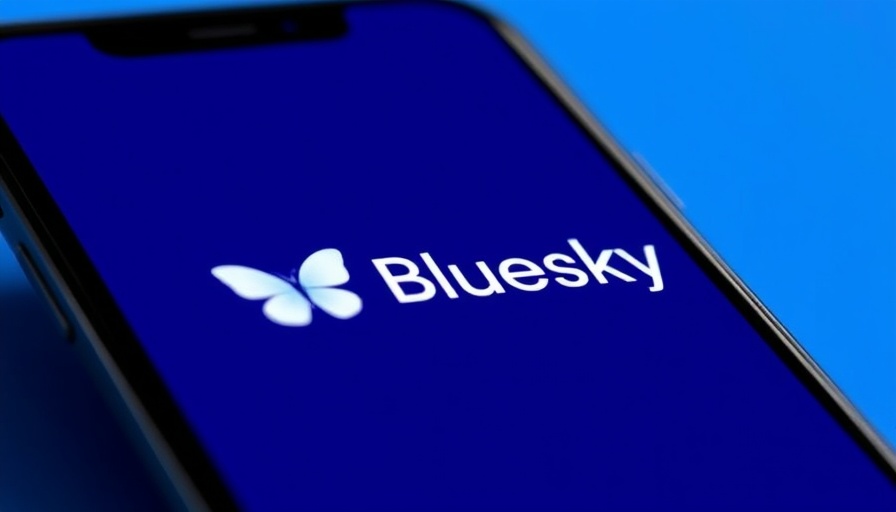
Bluesky Steps into Verification: A New Player in Social Media
In an evolving digital landscape, Bluesky has announced its plan to begin verifying 'notable' users on its platform, signaling an ambitious step forward for the social networking service. This initiative, quietly initiated on May 22, 2025, opens up applications for verification to 'notable and authentic' accounts. For many users, especially those who have experienced verification's mixed associations on platforms like Twitter (now X), this move raises questions about elitism and the potential for a two-tiered system.
Understanding the Basics: How to Get Verified
Users can apply for verification through a straightforward online form. Notably, organizations can also become Trusted Verifiers, a title currently held by prominent media entities such as The New York Times and Wired. This strategy enhances the verification process beyond a simple badge; it engages established organizations that hold credibility in their fields. Users wishing to initiate verification must ensure their accounts are active, complete with profiles, and represent a legitimate entity. They can boost their request by linking to an official website and demonstrating their public presence.
The Notable Factor: What Does It Mean?
Defining 'notable' remains the most ambiguous part of this new verification process. Bluesky intends to assess users' notability based on specific indicators such as media coverage, professional recognition, and presence on reputable reference sites. However, the lack of clear criteria raises concerns about the absence of transparency in the selection process. How will the platform navigate these gray areas without alienating its user base?
Comparisons to Other Platforms: Lessons Learned
The dichotomy between verified accounts on Bluesky versus established platforms like Twitter highlights past pitfalls. Verification on Twitter morphed into a highly sought-after badge that often sparked envy and controversy among users. It arguably became more about status than actual acknowledgment. Bluesky seems determined to avoid a repeat performance, but whether their approach can foster inclusivity or perpetuate clout-chasing will ultimately depend on user perception and participation.
Public Reaction: Two Sides to the Coin
The response to Bluesky’s announcement has been mixed. For some, the verification badge is seen as an acknowledgment of their contributions, enhancing their credibility and outreach to audiences. However, others fear that it may instigate a competitive atmosphere reminiscent of Twitter's verification culture, where popularity, rather than merit, dictated one's significance. Bluesky's challenge lies in mitigating such anxieties while effectively validating influential voices.
Future Trends in Social Media Verification
The introduction of 'notable' user verification could signal larger trends in social media accountability and accessibility. As new platforms arise, the need for trust and authenticity in online interactions will escalate. Bluesky may pave the way for more nuanced approaches to user verification that encourage engagement without promoting elitism. If successful, their strategy could influence how other social media services reconsider their verification processes.
What’s Next for Bluesky and Its Users?
The test run with Trusted Verifiers may not only provide insight into user dynamics but also impact the discourse around verification as a whole. As Bluesky grows, fostering an environment of trust and transparency could define its identity amidst the plethora of social platforms available today. Both everyday users and notable figures will be watching closely as Bluesky unfolds its verification journey.
Perhaps navigating the complexities of user verification will reveal Bluesky's true commitment to enhancing social media experiences. For now, one thing remains clear: the conversation around online verification is just beginning.
 Add Row
Add Row  Add
Add 



Write A Comment